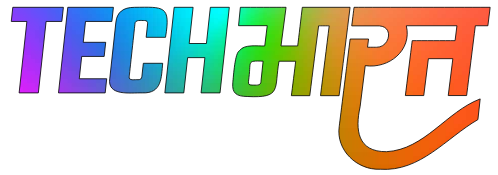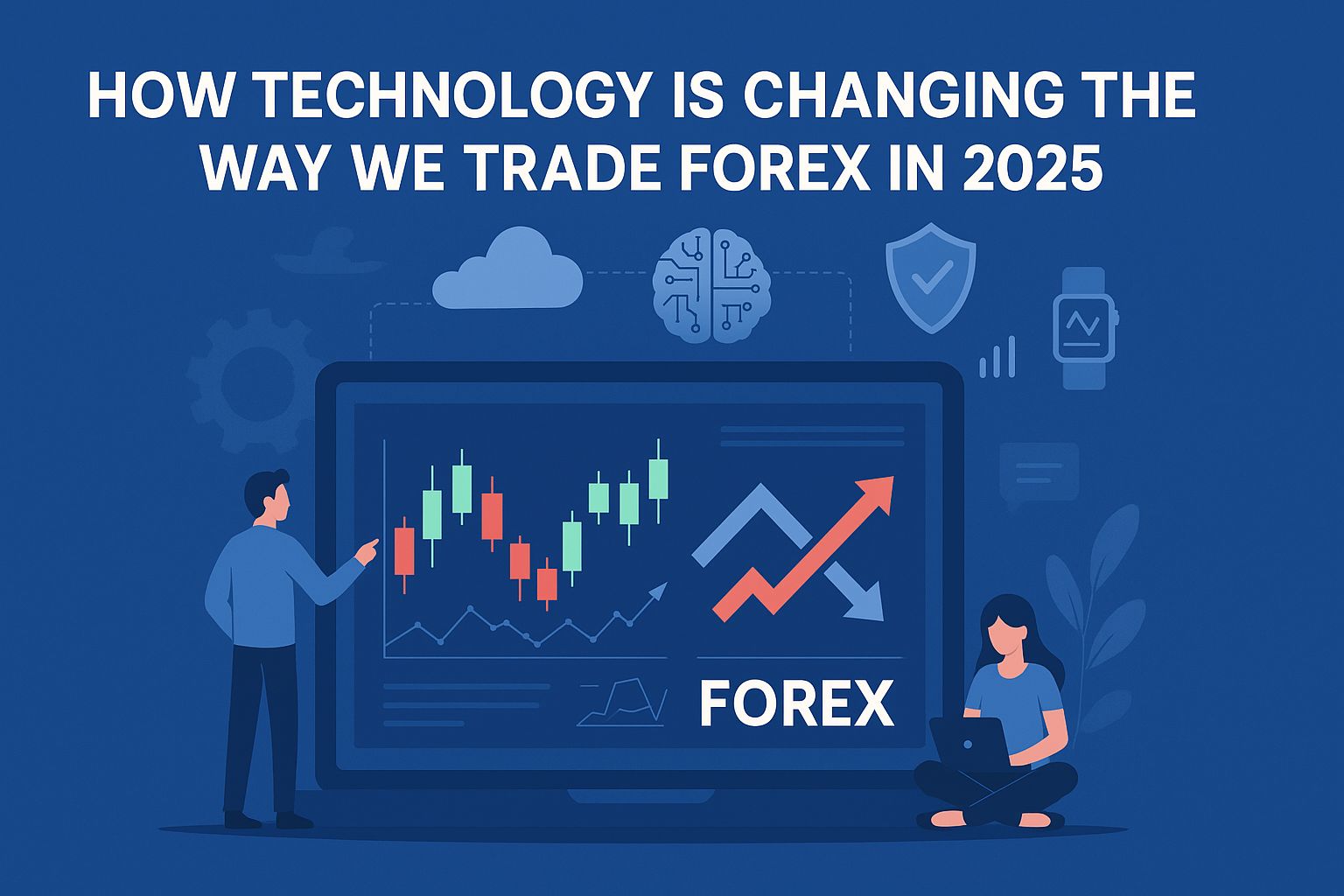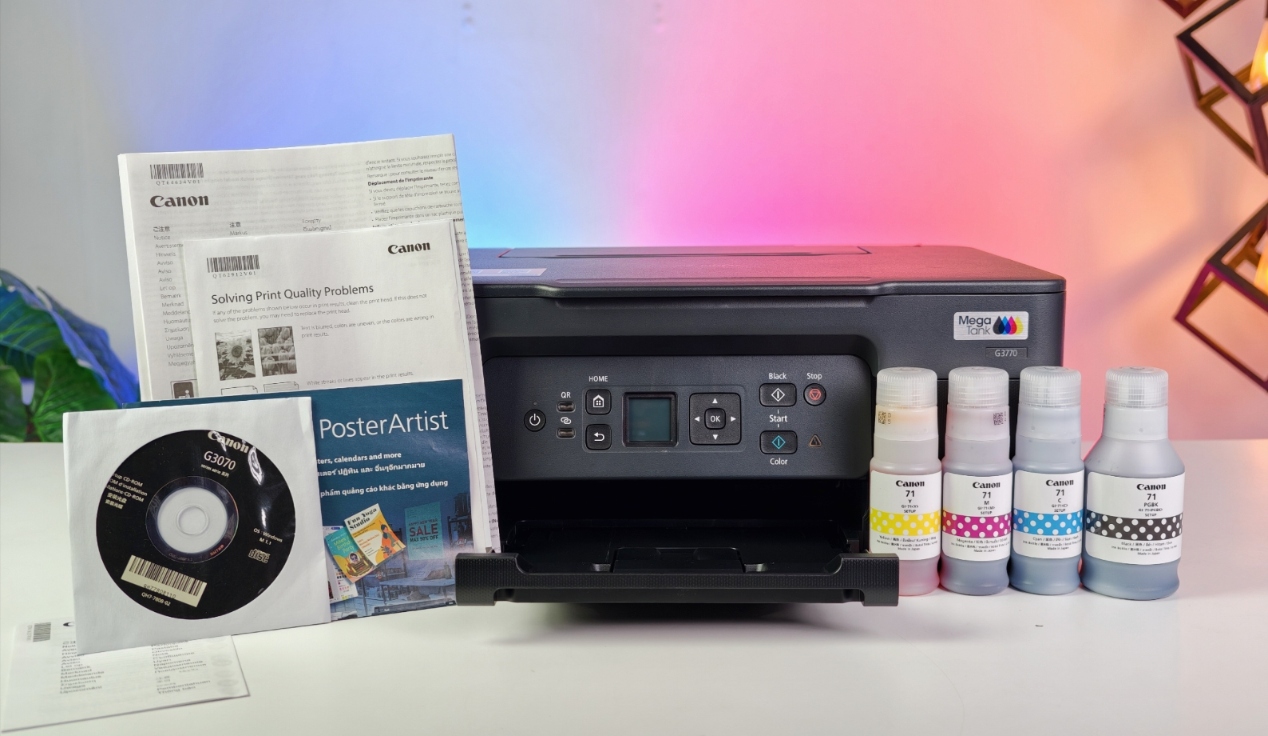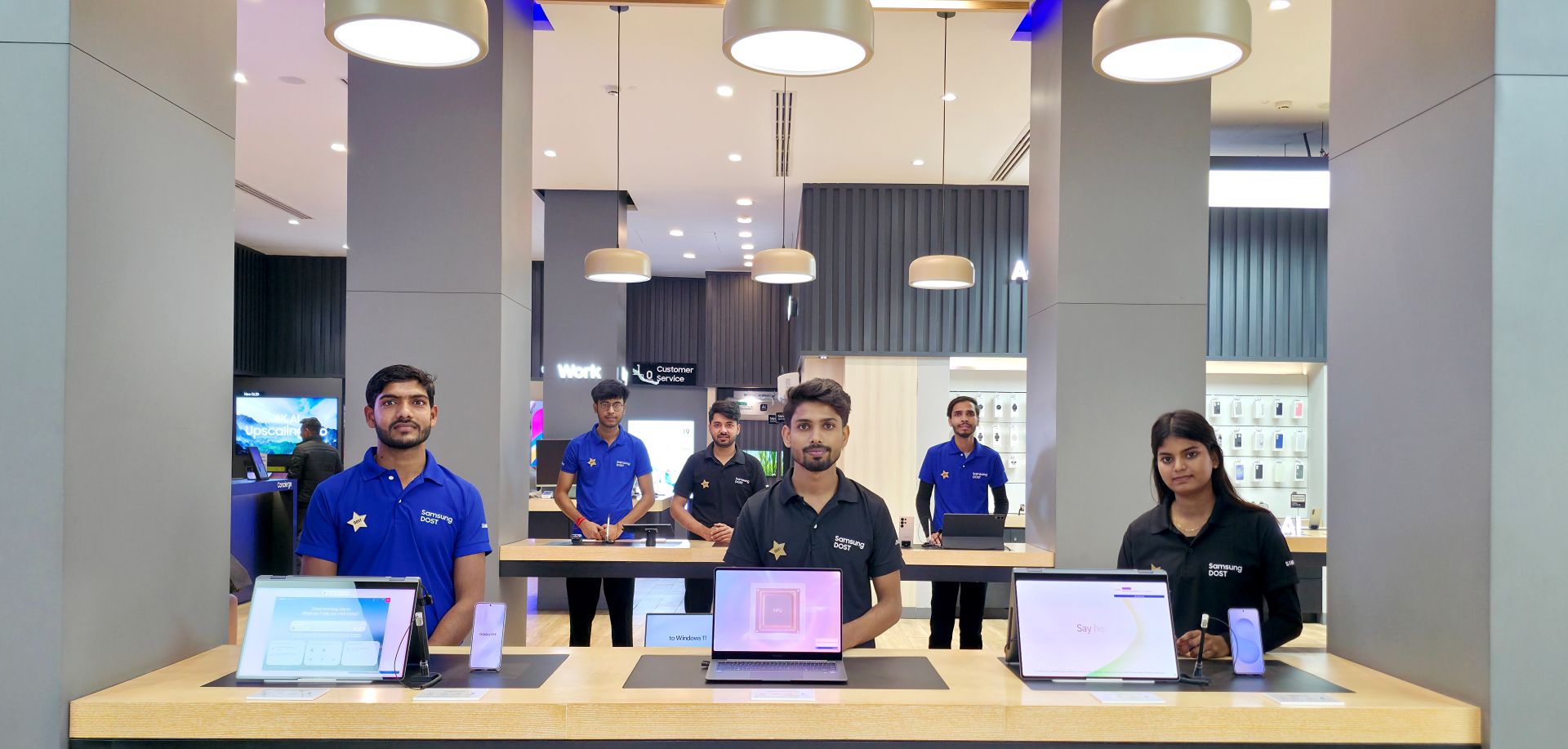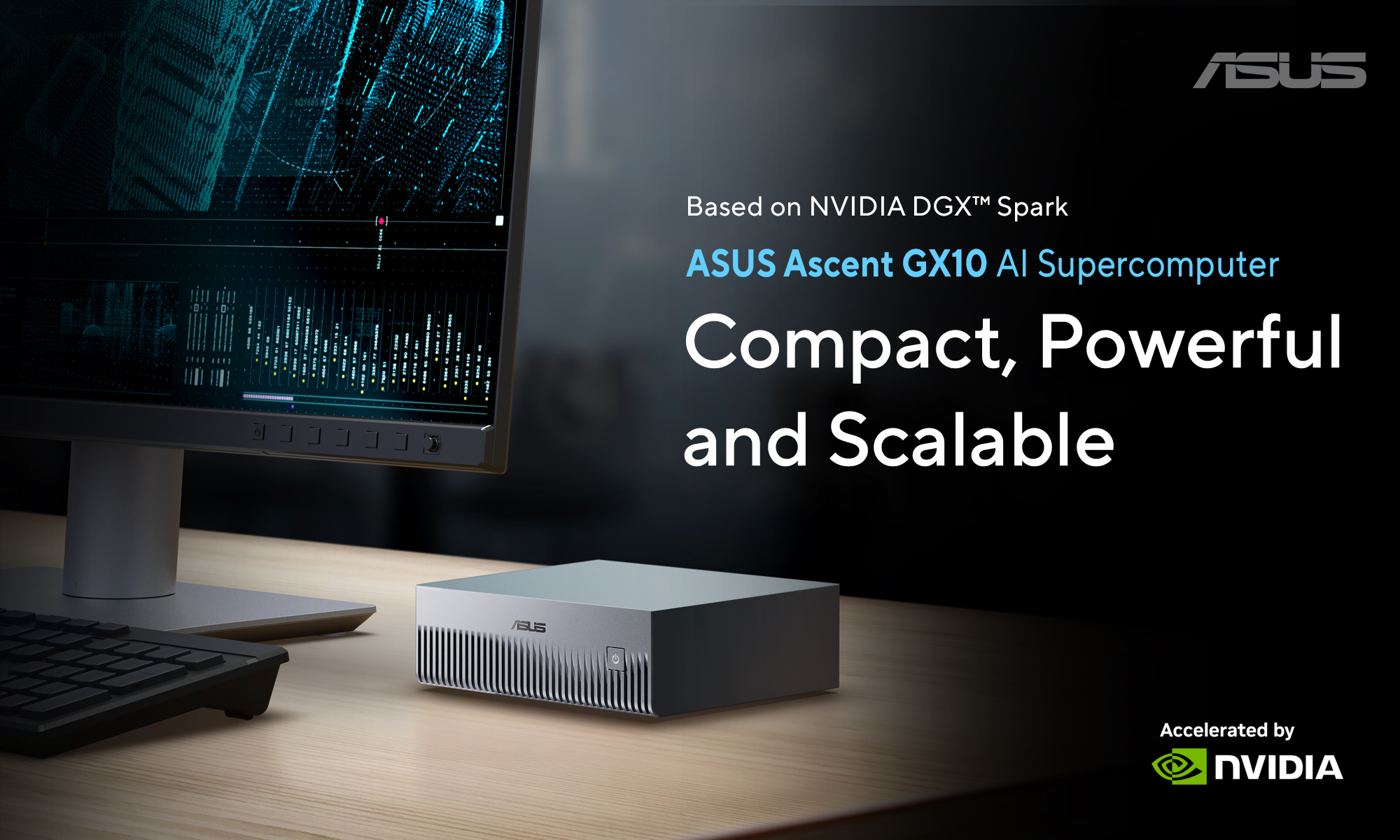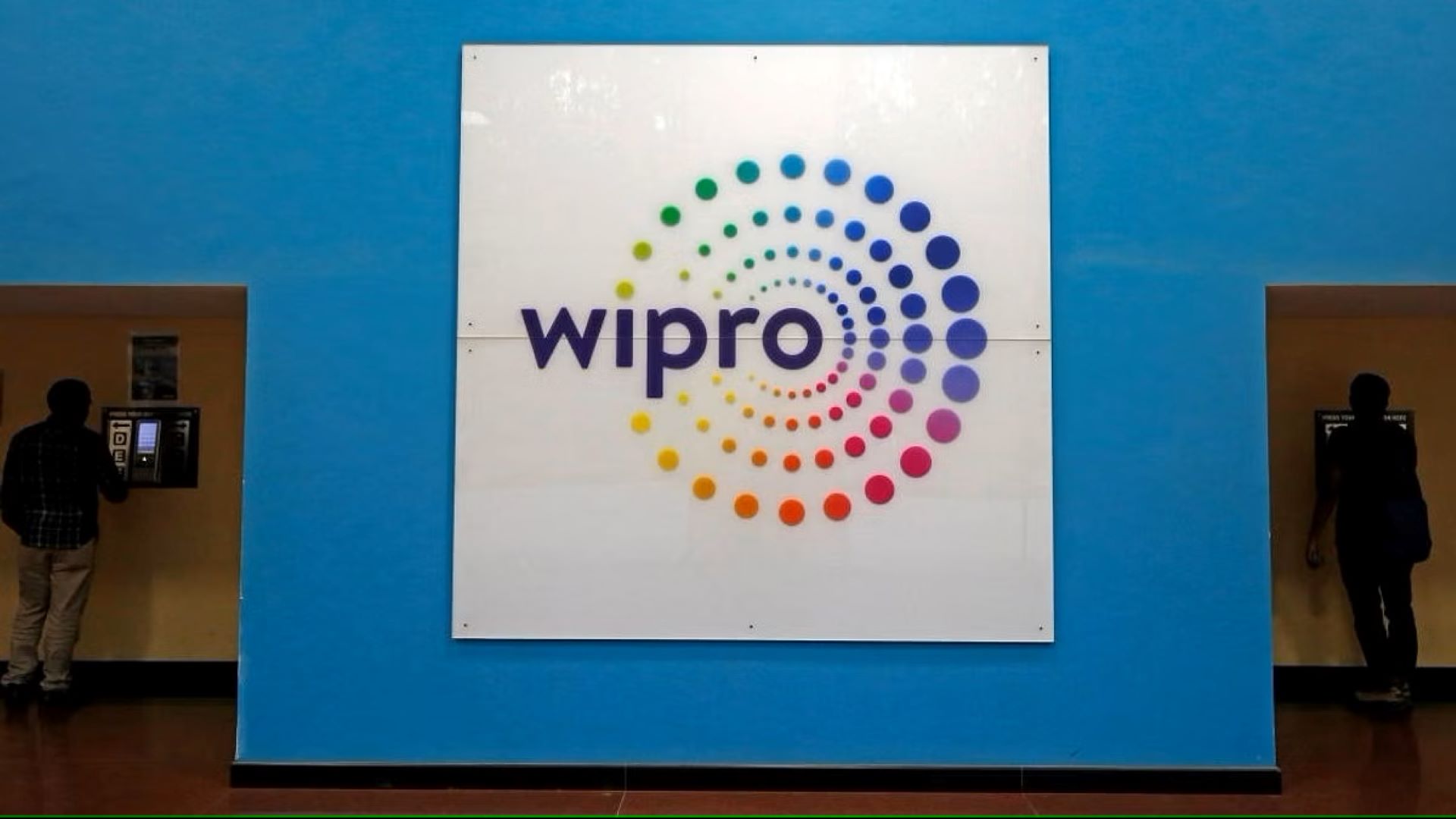Foreign exchange (Forex) trading, once largely the playground of big banks and institutional traders, has undergone a remarkable transformation. Thanks to technology, it has become a global, data-driven marketplace that almost anyone can access. In 2025, this shift isn’t just about being faster or more efficient—though those are key benefits. It’s really about making trading more accessible, more informed, and, arguably, a little smarter.
Below, we explore the most impactful technological shifts reshaping Forex trading this year. From blockchain and artificial intelligence to broader shifts in trading behavior, these trends are changing not only how we trade but also how we learn, strategize, and manage risks in this ever-evolving market.
The Emergence of AI and Machine Learning in Forex Trading
Artificial Intelligence (AI) and machine learning (ML) aren’t futuristic concepts anymore; they’re everyday tools in the Forex world. In 2025, traders of all levels are using AI algorithms to detect patterns, forecast movements, and execute trades at speeds that humans just can’t match.
These AI systems sift through vast datasets—economic indicators, social media buzz, geopolitical updates—and use techniques like natural language processing (NLP) to gauge sentiment and impact. It’s a way of combining qualitative and quantitative data that simply wasn’t feasible before.
Still, it’s not all perfect. These models can get things wrong, especially if they lean too heavily on historical patterns. For traders, it might be best to see AI not as a crystal ball but as one of many tools in a broader strategy.
Cloud Computing and the Accessibility of Trading Platforms
Cloud computing has genuinely opened up the playing field. Traders can now access markets from just about anywhere with a stable internet connection. Platforms hosted in the cloud tend to be quicker, more stable, and better at syncing real-time data.
Take the MT5 Trading platform, for example—an evolution of the popular MetaTrader series. It’s integrated with cloud capabilities and offers advanced charting tools, multi-asset support, and customizable expert advisors (EAs).
That said, not every trader will mesh well with every platform. Factors like internet speed, comfort with tech, and data security concerns can all play a role in choosing the right fit.
Automation and the Emergence of Algorithmic Trading
Automation is now the beating heart of the Forex market. A large chunk of trades in 2025 happens through algorithmic systems programmed to act on specific triggers. These reduce emotional bias and react to market shifts in fractions of a second.
Using tools like EAs on platforms such as MT5, traders can run strategies almost on autopilot. Historical back testing provides a glimpse into how these strategies might perform under different market scenarios.
But algorithms, like any system, aren’t infallible. Markets evolve. Even the smartest systems require tweaks and regular check-ins. Many traders find that the best results come from blending automation with good old-fashioned human judgment.
Mobile and Wearable Trading: Always Connected
Thanks to mobile apps and even wearable tech, Forex trading is no longer tied to a desktop. In 2025, traders are checking charts, setting alerts, and making moves on the go.
Apps on platforms like MT5 now offer nearly full functionality—everything from one-touch execution to biometric security like fingerprint and facial recognition.
However, while mobile trading adds convenience, it also opens the door to more impulsive decisions. Setting stop-losses or pre-defined limits becomes essential to avoid knee-jerk reactions to every market twitch.
Blockchain and Increased Transparency
Blockchain’s impact on Forex might still be in the early stages, but its potential is hard to ignore. Distributed ledger technology (DLT) offers a transparent, tamper-resistant way to log transactions, potentially cutting settlement times and reducing risks.
Even though most trades are still executed on centralized platforms, we’re seeing pilot programs and regulatory interest in blockchain for clearing and settlement. Tokenized fiat currencies could also become a practical tool for cross-border trading.
But let’s not get ahead of ourselves. Widespread adoption is still a ways off, and there’s reason to be cautious—especially around unregulated tokens or newer, less-proven platforms.
Big Data and Predictive Analytics
Big data is giving traders a broader, deeper view of market drivers. In 2025, analytics go beyond charts and candlesticks to include consumer behavior, satellite imagery, and even social media sentiment.
This is particularly useful for macro traders watching global economic shifts. When paired with traditional technical indicators on platforms like MT5, these insights help round out the analysis.
The challenge? There’s a ton of data to sift through. Having the right tools and filtering methods is crucial, or you risk drowning in noise.
Regulatory Technology (RegTech) and Compliance Automation
As technology evolves, so do regulatory demands. In 2025, the scrutiny is tighter, with a growing focus on AML practices, data privacy, and transaction transparency.
RegTech solutions are stepping in to help traders and brokers keep pace. These tools can flag anomalies, streamline reporting, and generally make life a little easier for compliance teams.
Some platforms, including MT5, now offer built-in or plugin-based compliance tools. But regardless of the platform, it’s important to stay informed about the rules in your region and make sure your tools are up to standard.
Education and AI-Powered Training Tools
Learning to trade has never been more tech-driven. Newcomers in 2025 have access to simulation tools, interactive tutorials, and AI mentors that provide real-time feedback based on their trading behaviors.
Demo accounts on MT5, for example, offer a risk-free way to practice, while AI-driven guides help traders grasp complex concepts more intuitively.
Still, trading education is not a one-and-done deal. Markets shift, strategies age. The most successful traders keep learning—through webinars, peer discussions, or simply revisiting the basics.
Conclusion: Navigating the Future of Forex Trading
In 2025, technology has transformed the very fabric of Forex trading. It’s more accessible, more nuanced, and far more dynamic than it used to be. Tools like AI, cloud computing, and blockchain aren’t just buzzwords anymore—they’re embedded in the trading process.
Yet, with innovation comes the need for caution. These tools are powerful, but they’re not magic. Success still hinges on strategy, discipline, and the willingness to adapt.
Platforms like MT5 offer a strong foundation, but it’s how traders build on that foundation—and how they continue to learn and evolve—that will really define their journey. One thing’s clear: the fusion of tech and Forex isn’t slowing down anytime soon.
